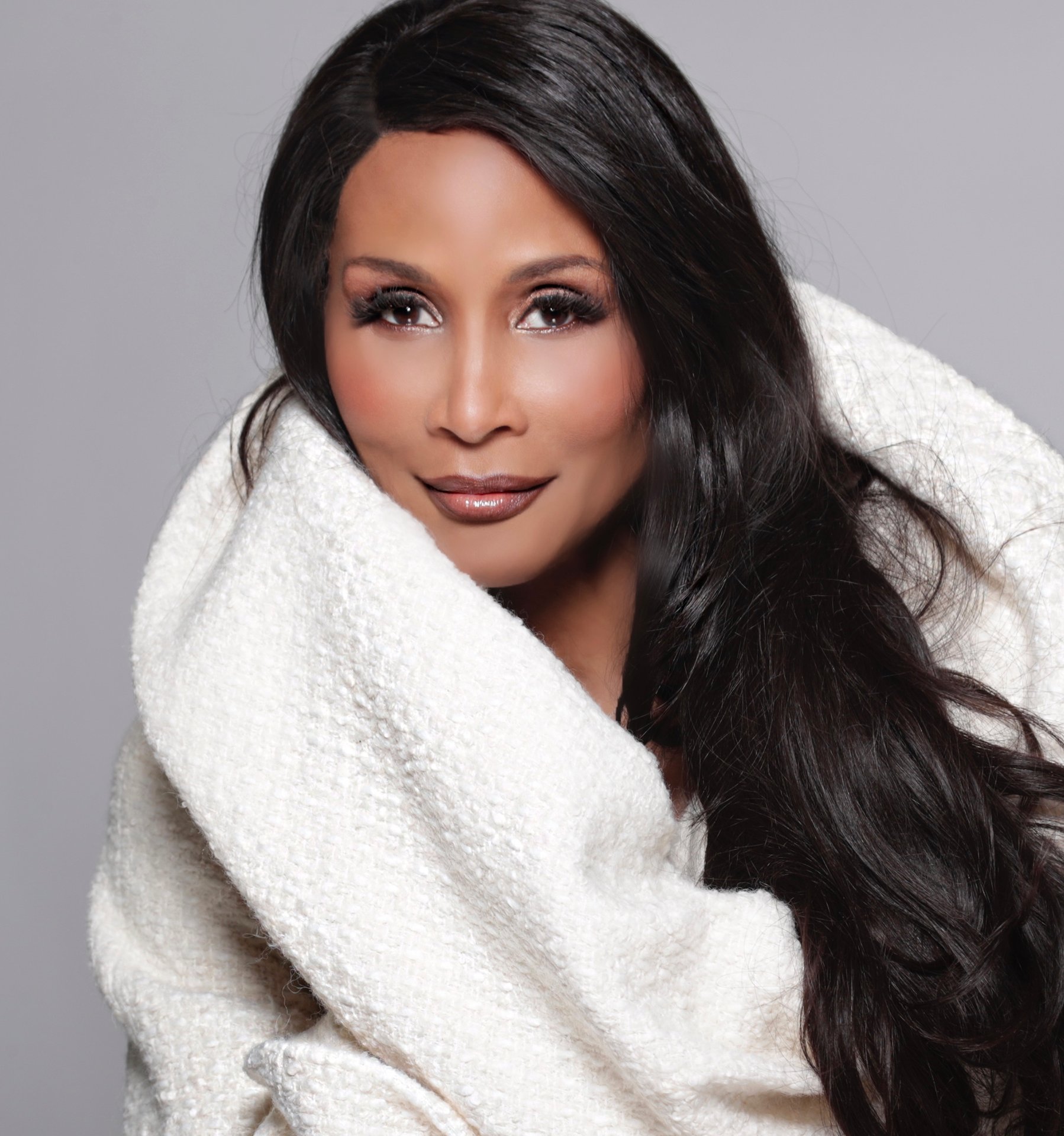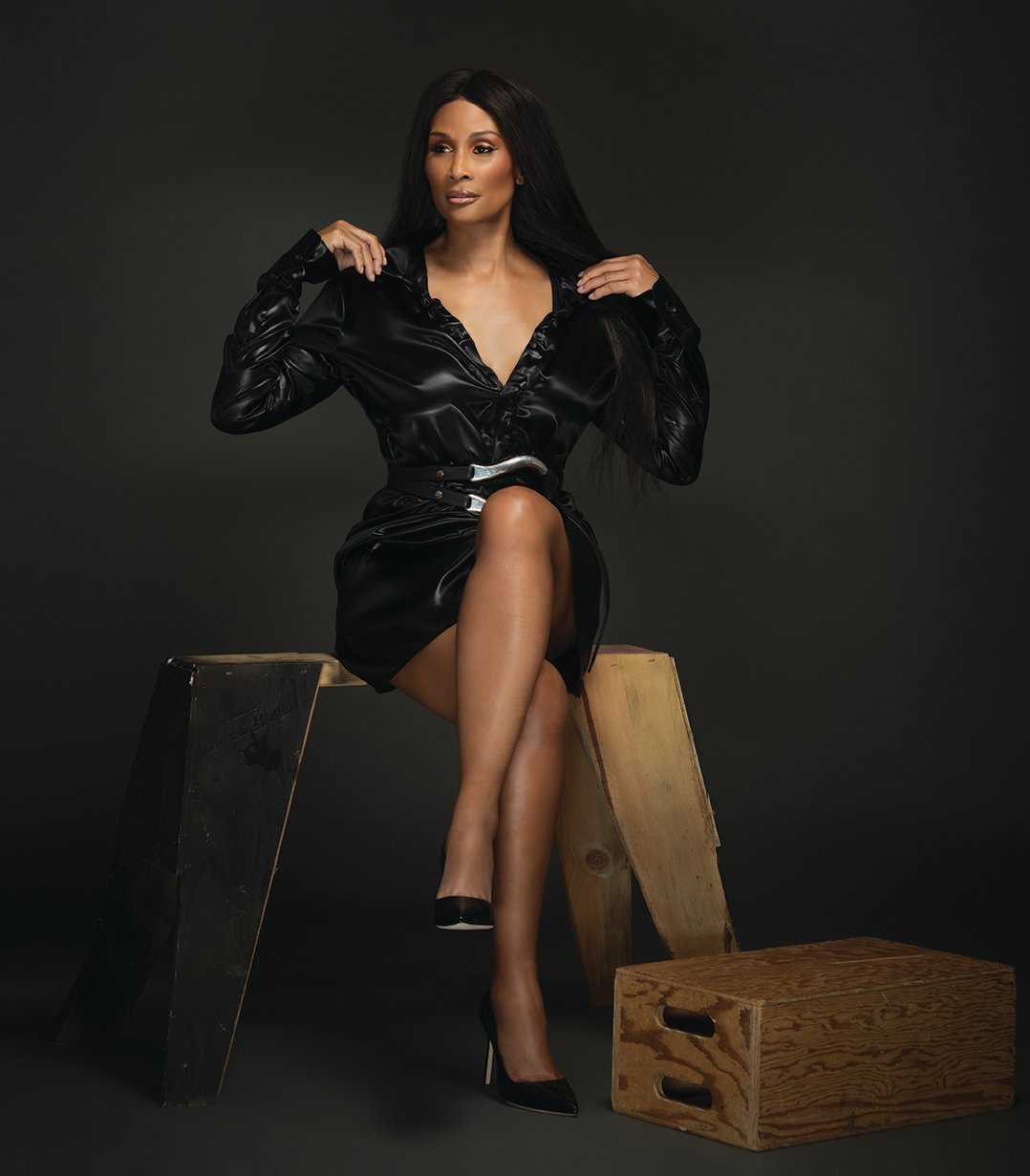Johnson pointed to the confluence of Covid-19 and George Floyd’s murder as the trigger point highlighting racial injustices in America and the urgency to create roadmaps for real change.
“People were forced to stay in their homes, to look at their television, to watch the political chaos, and to watch George Floyd being murdered, over and over and over again,” Johnson says. “I don’t know anyone who was not deeply affected by this. It shook the world.
“Black people – and I speak for myself as well – were deeply saddened,” she continues. “There was a shift in consciousness that I don’t think anyone was ready for. We could not forget about it. At that moment, I realized that there is a crack in the door. There was always someone on the other side of the door keeping it closed, but it was now cracked wide enough for our voices to be heard, and there are people on the other side listening.”
Systemic racism in fashion – and elsewhere – has always been present. Johnson faced it from the day she arrived in New York to model, whether it was a disparaging remark or the disgusting incident when, on a work assignment, she jumped into a pool with the other models. The editor asked everyone to get out, and the pool was drained.
Whether this was in-your-face racism or silent racism, it was structural and omni-present at every level of the industry.
“You don’t get the contract; models doing the same job make more money than you are…it’s everywhere,” she remembers.
“I was a young girl, a teenager in New York City, thinking that with the civil rights movement, we had overcome [racism]. We did the marches, I saw it on television, and that things had changed,” Johnson notes. “I realized it hadn’t changed, and it was here in New York and in this industry. I went into the industry with eyes wide open. My goals were to be the top model in the world, and I was very focused. I set my goal to be on cover of American Vogue —and I got it.”
Shot by Francesco Scavullo and styled by Vogue’s then-Fashion Director Frances Patiky Stein, this – the first Black woman on the cover of Vogue – was a seminal moment in American fashion history, the seeds of which were possibly planted at a previous Avedon model shoot.
“I walked into Avedon’s studio and supermodel Lauren Hutton is there, feet up on the make-up table. Polly Mellen, American Vogue’s Fashion Editor, and Avedon are talking about their shoot,” she remembers. “I come in, and Lauren says, ‘I don’t understand why I am being photographed for the cover. Look at this beautiful girl right here. Why isn’t she on the cover?’ And they all stopped. She was calling them out.”
The famous cover made Johnson aware of the moment’s importance and she made a commitment to live up to the honor. “I realized what it meant to Black women around the world – that Black is finally beautiful by being on the cover of American Vogue magazine,” she says.
In 1975, Johnson reached another milestone by becoming the first Black woman on the cover of French Elle magazine, photographed by Patrick Demarchelier. Now, 46 years later, she is more determined than ever and committed to fashion’s duty to effect change.
“You need the Aurora James’, you need the Lindsay Peoples Wagner’s, you need the Bethann Hardison’s, you need all these people and more to take a bite out of this behemoth of racism in America at the same time,” she says. “My coming forward as an activist for racial equality has put me on a platform that I don’t think I ever had before. People are coming to me, not only for my activism and social ideas and initiatives, but also to improve their business policies around diversity and inclusion. A lot of good things happen when you do the right thing.”







